5. Blade Runner
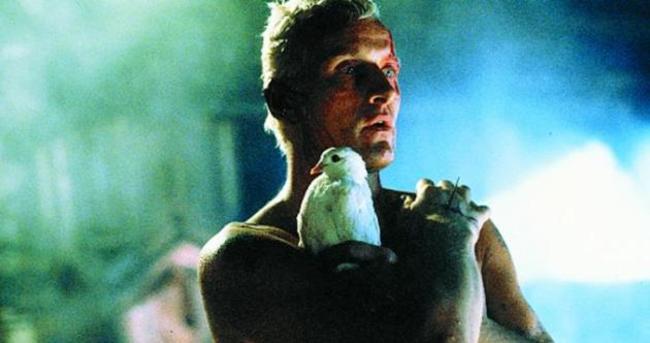
Phillip K. Dick is considered an icon within the Sci-Fi/Fantasy community, alongside contemporaries Isaac Asimov, Arthur C. Clarke, Robert Heinlein and Ray Bradbury. Part of this success comes from the various adaptations of his work. Some good (Total Recall, Minority Report) and some bad (Paycheck, Next). However, the adaption of Do Android’s Dream of Electric Sheep has led to one of cinema’s classics, Blade Runner.
While the basic setup is the same (Rich Deckard is tasked with tracking down six rogue replicants in a decaying Los Angeles), director Ridley Scott walked away with a completely different interpretation of the source material. Dick’s original novel examined the banality of suburban life in the context of a post-World War III society, taking a twisted view of the keeping up with Joneses mentality as Deckard seeks to pay for a very expensive and very rare pet. Why? Because his neighbour has one.
Scott, however, decided to focus the novel’s philosophical questions regarding existentialism. What it means to be human. Film geeks can spends hours arguing over various theories for the film such as which of the five versions is the true film and, most famously, was Rick Deckard actually an android?
While Scott avoids the novels fictional religion (Mercerism), he does turn the androids (or replicants) from emotionless drones into intelligent, emotional beings, almost superior to humans in everyway, questioning whether they are being torn down because they are better than humans.
Rather than judging the two, Blade Runner and Do Androids Dream of Electric Sheep work better as a comparison piece. Both give the audience different elements of the same story and create a whole unique world, something that has possibly never been done in adaptations.
4. The Thing
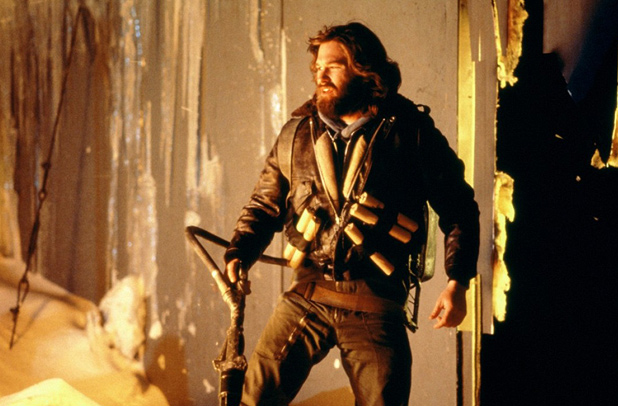
Technically, John Carpenter’s 1982 cult classic is more faithful to the original short story Who Goes There? by John W. Campbell. In the original story, a team of scientists in the Antarctic accidently unearth a spacecraft buried under the ice for thousands of years. Inside, they accidently awaken a creature capable of assuming the form, memories and personalities of any creature.
The original adaptation, shot in 1951, changes the creature from a parasitic shape shifting mass into a Frankenstein-esque plant monster. Yes, that’s right. The original thing was actually half plant, half human and feasted on human blood in order to lay spores that could grow more creatures.
Thankfully, Carpenter came along thirty years later and gave us the monster we all craved, creating a bloody, terrifying Lovecratian abomination. Sadly, the film was a flop in 1982. Audiences preferred the friendly aliens that just wanted to phone home. Today, the film is a cult classic and a reminder of the real horrors that can emerge from outer space.
3. I Am Legend
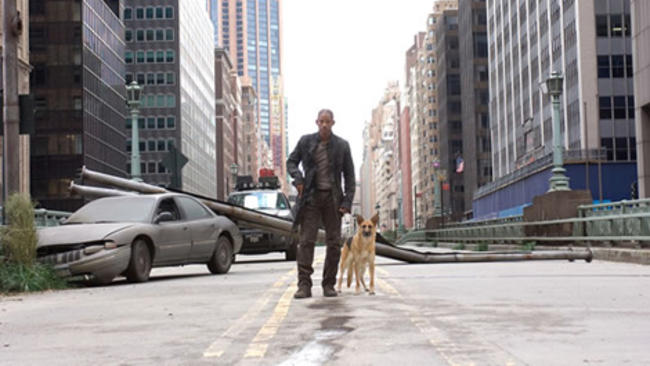
Three times lucky right? Not necessarily. Legendary author Richard Matheson has always been a source of inspiration. Nightmare at 20,000 Feet inspired The Simpsons, Duel inspired Steven Spielberg and his magnum opus, I Am Legend, has found no shortage of admirers. Three films and a citation from George A. Romero as being key to the creation of the modern zombie illustrate just how influential the novel is.
Vincent Price took the first swing at the project back in 1964 with The Last Man on Earth, followed by Charlton Heston in 1971 with The Omega Man. While these projects were simply inspired by Matheson’s novel, Will Smith decided to create a direct adaptation of the original novel.
The first half was fairly faithful in spirit to the original novel, with Smith’s Robert Neville surviving day to day in complete isolation. His fragile mental state perfectly on display as he has social interactions with mannequins and of course is beloved companion Sam, a loyal German Shepherd.
However, the end of the second act threw out Matheson’s text out as we learn that Neville is not the last human on the planet, he conveniently discovers a cure in his basement and he must fight off a large-scale Darkseeker attack (do not know what the filmmakers were thinking with that name), this change was implemented as the original ending (perfectly explaining the novel’s title) is bleak, depressing and nihilist.
Three words that do not often go with a $150 million studio epic. Hence why audiences had to settle with a film that omitted the true meaning of I Am Legend.
2. The Mist
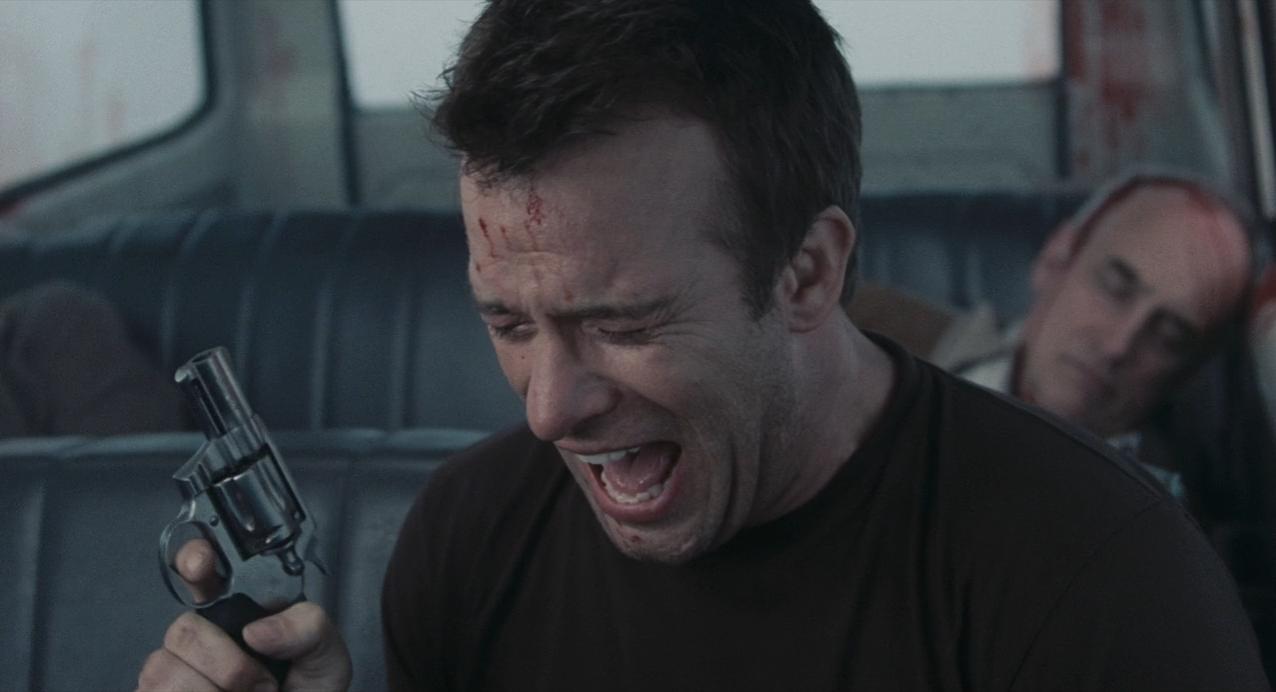
When a Stephen King novel is adapted to screen, it is safe to say that the film will contain elements of horror, bloody murder and the fantastical. However, almost none of them are able to one up the Master of Horror. That was until Frank Darabont decided to adapt his third Stephen King story.
Darabont had already received three Academy Award nominations for his work on The Shawshank Redemption and The Green Mile, both adaptations of King’s work. According to IMDb, Shawshank is regarded as the number one film of all time, even surpassing The Godfather. So how does a director improve from that? Answer is giving a Stephen King short story one of the most horrific endings ever committed to screen.
The original short story’s ending, while open, gave the audience hope for the survivors. As for the film, imagine a hero who survives and is rescued by the military, but only after having committed one of the most heinous and horrific acts imaginable. While Darabont gives the world hope, our ‘hero’ is left screaming and crying in the middle of the road.
1. World War Z
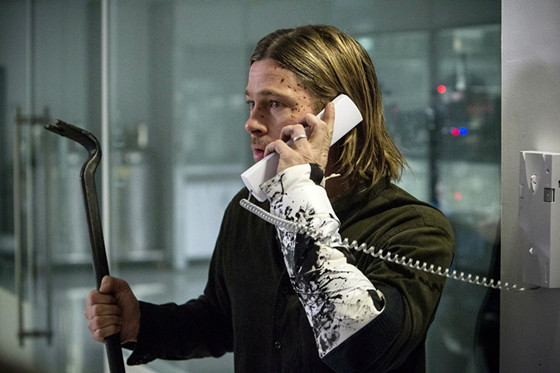
Right now, Zombie is the new black. Dozens of films, television shows, video games, novels and pop culture events try to crack the perfect formula for the genre. But how exactly do you stay original and fresh in a genre that has been left bone dry.
Writer Max Brooks is one of the few to crack this formula. Having written the tongue in check survival manual The Zombie Survival Guide and the fictional memoir World War Z: An Oral History of the Zombie War, an epistolary novel following the stories of multiple survivors of a devastating zombie war.
An adaptation was never going to be easy. After all, this was a novel where the protagonist was a UN agent and the story jumps from various perspectives that change in time and location. So when Brad Pitt jumped onto the project as star/producer and pulled it out of development hell, fans wondered whether it would be anything like the novel.
The answer is no. Pitt, director Marc Forster and writers Matthew Carnahan, Drew Goddard and Damon Lindeloff completely gloss over many of the juicy elements of the novel including underwater zombie, the Hollywood Massacre, the Battle of Yonkers, humans posing as zombies (Quislings) and the disappearance of the entire North Korean population.
Instead, the film follows Brad Pitt as he globetrots around the world, discovering a way to fight back against the zombies. Surprisingly, the film was not that bad, with its themes of refugees and infectious disease striking a chord with an audience. Still, this was a film that took nothing from its original source material apart from the title.